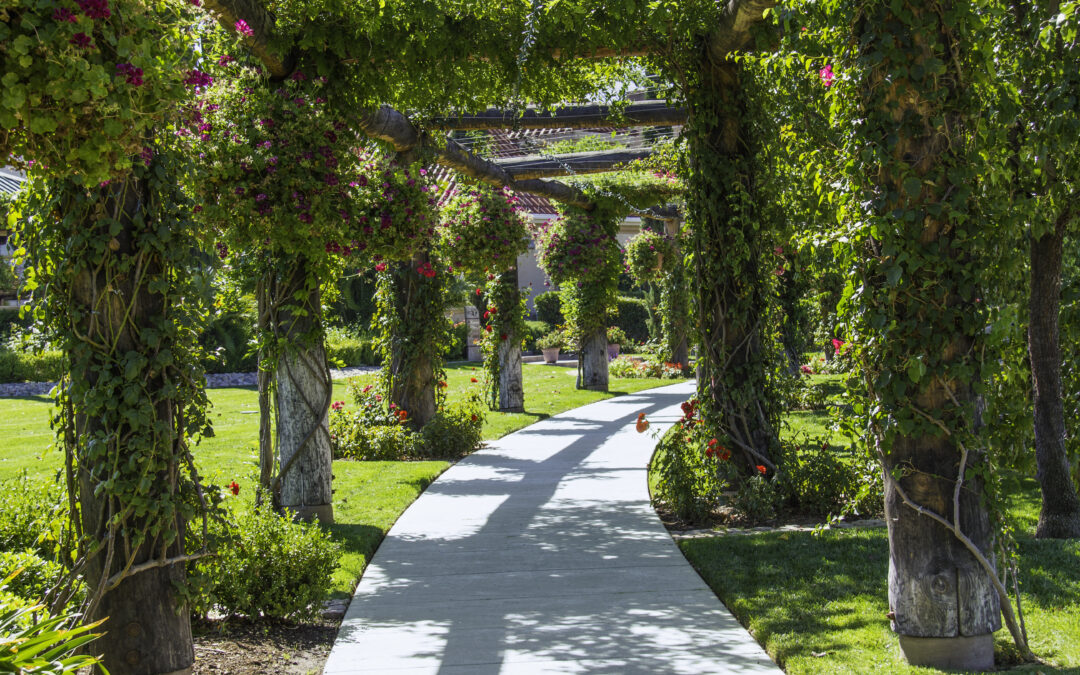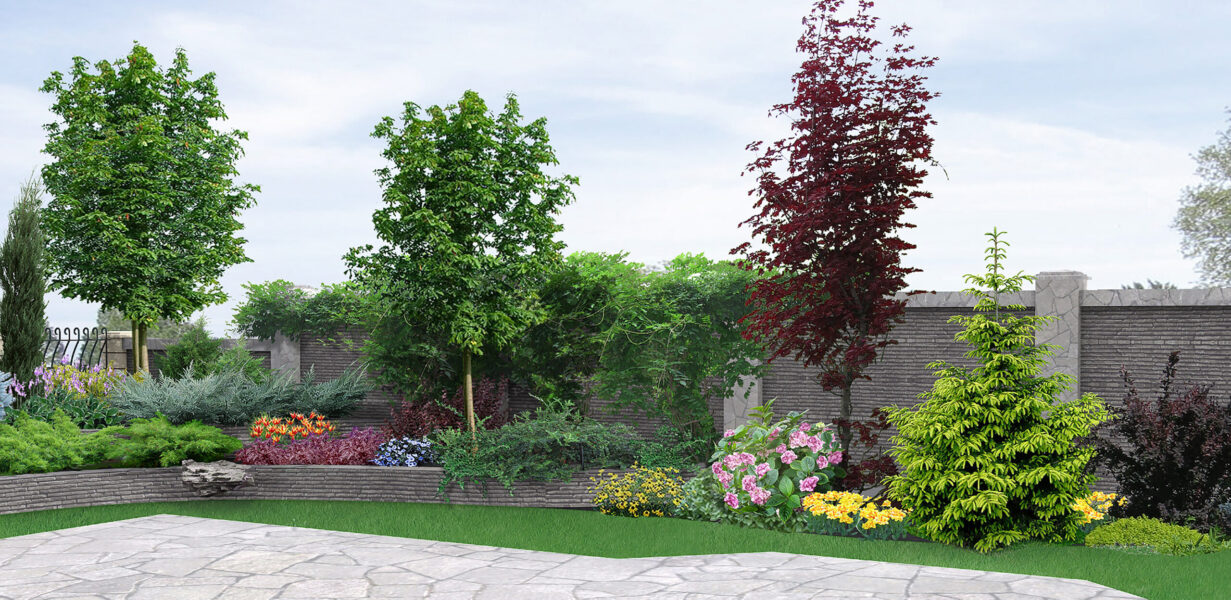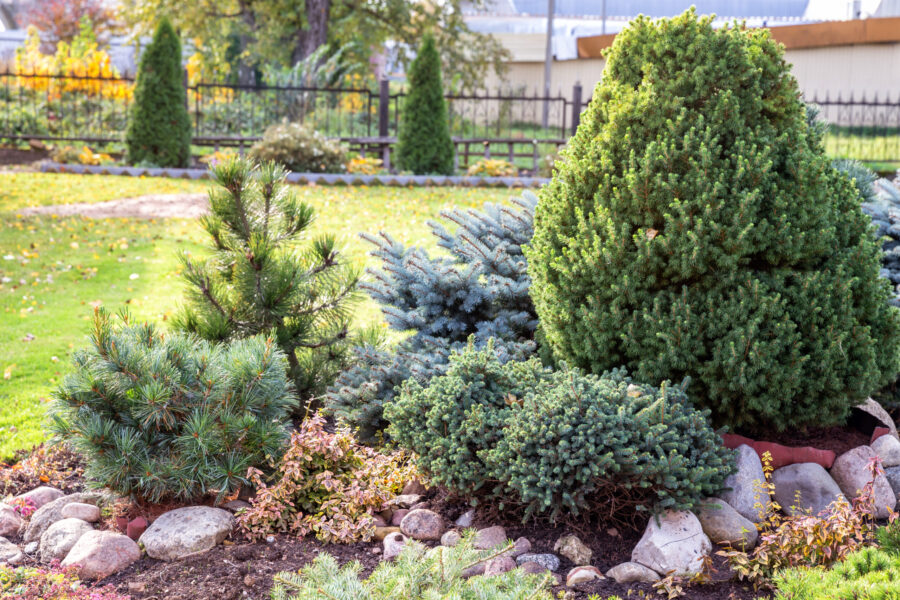When it comes to landscaping, people often think in horizontal lines. After all, the term landscape in photography and on our cell phones represents a horizontal, left to right, view. When planting gardens and yards, vertical lines are often left to be handled by trees and hedges. However, one of the most attractive and versatile things you can use to create those lines are climbing or vining plants.
Plan the Space
The cool thing about climbing vines is that you aren’t limited to horizontal lines. You are only limited by your imagination. Different types of plants can crawl and tumble over a variety of natural and fabricated building materials and structures. Look at your space. What would make you want to spend more time in your yard or garden? Think about these benefits of landscape design:
- Walls or screens for privacy
- Disguise undesirable view of buildings or utilities
- Add shade
- Attract wildlife
- Add color or texture
- Create outdoor rooms
Vining plants can be used to accomplish any of these goals, just pick which variety appeals to you and is the right plant for the job!
Weed Out the Bad
There are many varieties of climbing vines for every landscape but before you choose which one is best for your landscape, ensure you know which ones are notgood for it. Some vines are nuisances and can even cause harm to the natural environment in your area, as they are invasive and choke out native plants and trees. Here are some of the top worst vines (and ground cover that grows up and over anything in its way):
- Oriental or Asian Bittersweet
- English Ivy
- Japanese Honeysuckle
- Kudzu
- Japanese Hop
- Mile-a-Minute
- Chinese Wisteria
Once you know what to avoid, pick the plants that will work best with each area of your landscape and the function you want it to provide.
Variety and Function
You will need to pick a vine that is compatible with the structure you want it to grow on, so it’s important to look at the way the plants attach themselves.
- Twining vines will circle around a structure and grow in an upward direction
- Aerial rootlets climb rapidly and have small roots that stick to vertical surfaces
- Sucker disks are like rootlets except they are small and circular and use the disks to climb walls and other surfaces
- Tendril vines send out tendrils that grab ahold of objects and use them for support
Pergolas, walls, archways, columns and fences make great supports for vines, turning them into living architectural elements in your landscape.
Think about extending your landscape in an upward direction using climbing vines. Aisling View can help you figure out which of the varieties are best for your space and meet your needs. We can assist with any or all aspects from design, planning, selection, installation and maintenance of your landscape. Visit our website for a complete list of our services and give us a call at 317-636-9408 to get started on your project!







Recent Comments